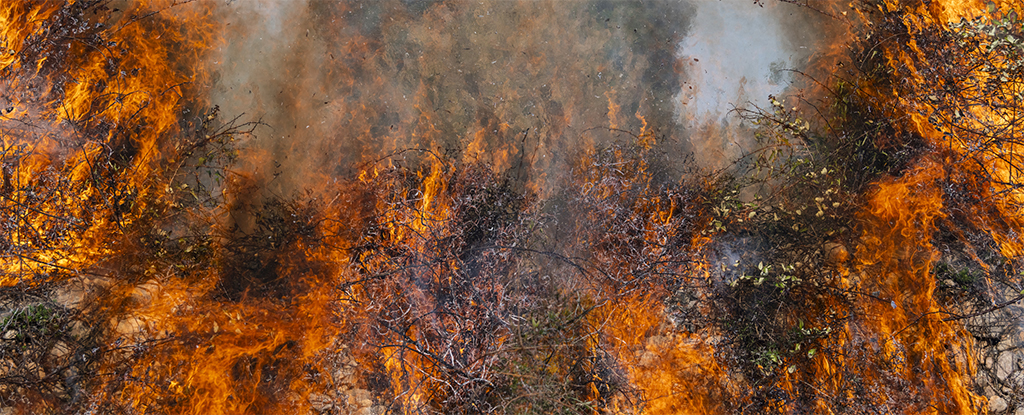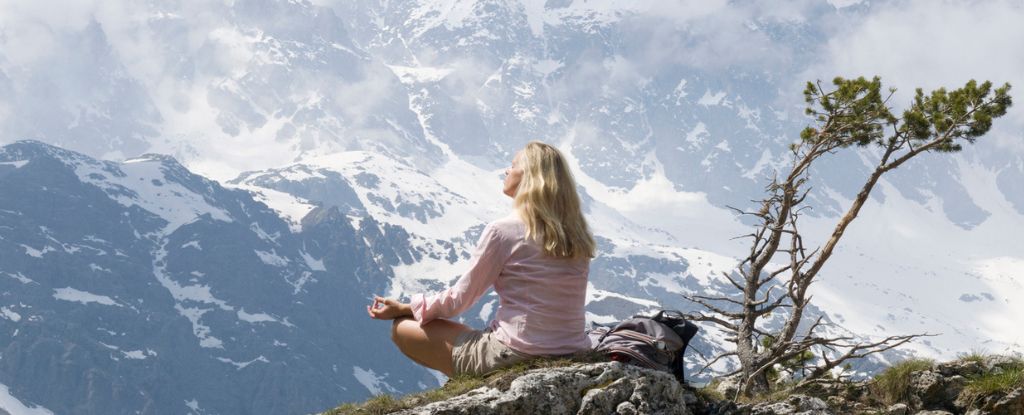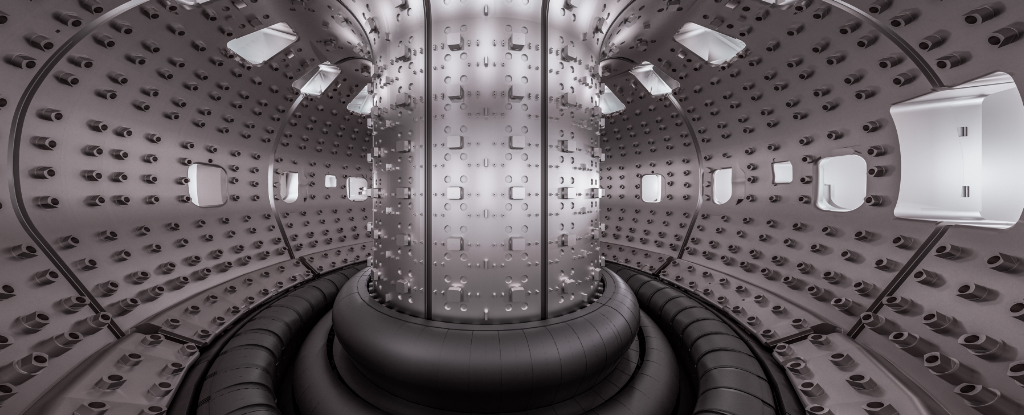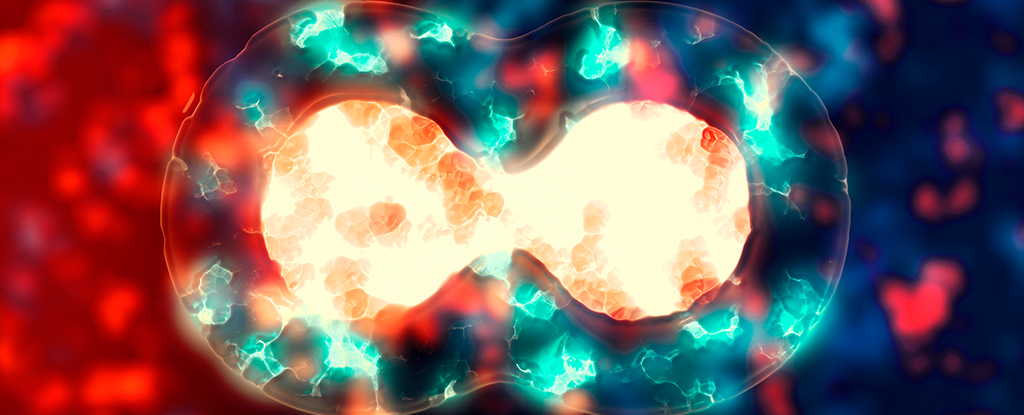Tiny bubbles trapped in ancient Antarctic ice have revealed surges in global wildfire coinciding with signs of abrupt climate change.
While temperature variations, changes in tropical rainfall, and spikes in methane are known traits of climate shifts, until now, fires had not been part of the equation.
“We didn’t go into it necessarily looking for signals of fires,” lead author and climate scientist Ben Riddell-Young told ScienceAlert.
“The original goal was to figure out the cause of these abrupt but small increases in methane during recurring intervals of abrupt climate changes during the last glacial period.”
The core samples drilled by Riddell-Young’s team contain a timeline of ice and air spanning 67,000 years. They used mass spectrometry to decode this geological cypher, written in isotopes of methane.
“Each sample takes about four hours to measure and there were just a few samples that covered these abrupt methane rises,” Riddell-Young said. “I still remember the feeling of seeing a big shift in the isotopic composition in those samples for the first time.”
Methane released into the atmosphere typically hangs about for around nine years before being broken down or removed. That’s plenty of time to spread into all corners of the globe, where it can be trapped in small air pockets between layers of ice in places like the Western Antarctic Ice Sheet.
The number of neutrons in the carbon and hydrogen of a methane molecule hints at the gas’s recent history. If the methane came from a biological source, like a rotting algal bloom or a mammoth’s fart, the isotopic composition would be expected to go down as methane levels increase.
And if the methane erupted from deep within Earth, by volcano for instance, the isotopic composition would rise along with atmospheric methane.
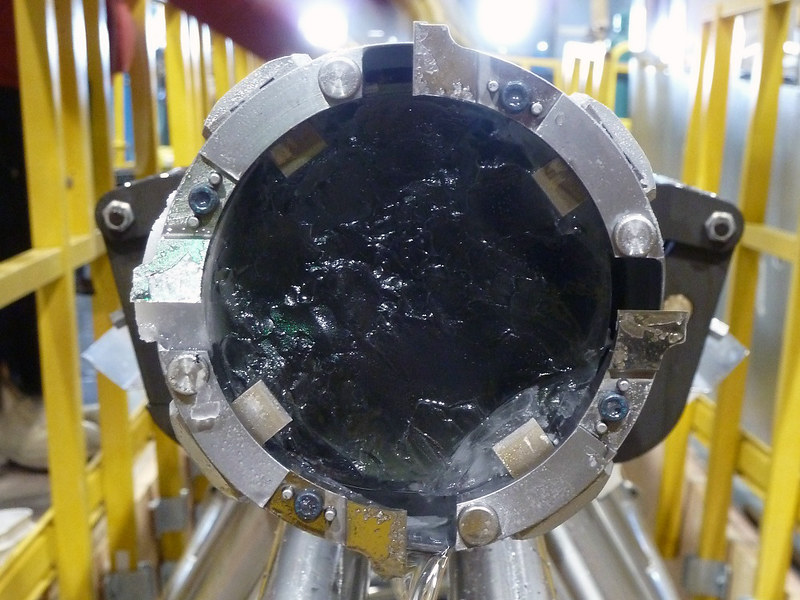
Riddell-Young’s team saw moments in the ice core timeline where the methane’s isotopic composition leapt far higher than even a geological source could achieve, implying the presence of gases from wildfires. Tellingly, these instances aligned with known moments of abrupt climate change, suggesting the fires are linked to these events.
“This study shows that when you have significant shifts in rainfall patterns associated with abrupt climate change, it can trigger massive increases in wildfire activity,” Riddell-Young said.
“This is a feature of this type of climate change that we didn’t really know about before.”
Those past climate shifts include Heinrich events, in which large chunks of ice detached en mass from a now-extinct ice sheet in North America, and Dansgaard–Oeschger events, where massive warming occurs in a certain region over a matter of decades before a cooling period that lasts a few hundred years.
“The regional warming and cooling caused rainfall to shift, drought to ensue and, according to our study, fires to increase,” Riddell-Young explained.
“A similar ‘reorganization’ could get triggered by today’s warming that might then result in a mechanistically similar increase in fire, but at the moment, modern and past abrupt climate change and their impacts on fire are two different stories.”
What we’re seeing is a far more sustained and global increase in warming than the Heinrich and Dansgaard-Oeschger events. But with wildfires becoming more frequent and intense as our greenhouse gas emissions escalate, we’re going to need all the data we can find on the interactions between fire and climate.
This research was published in the journal Nature.


